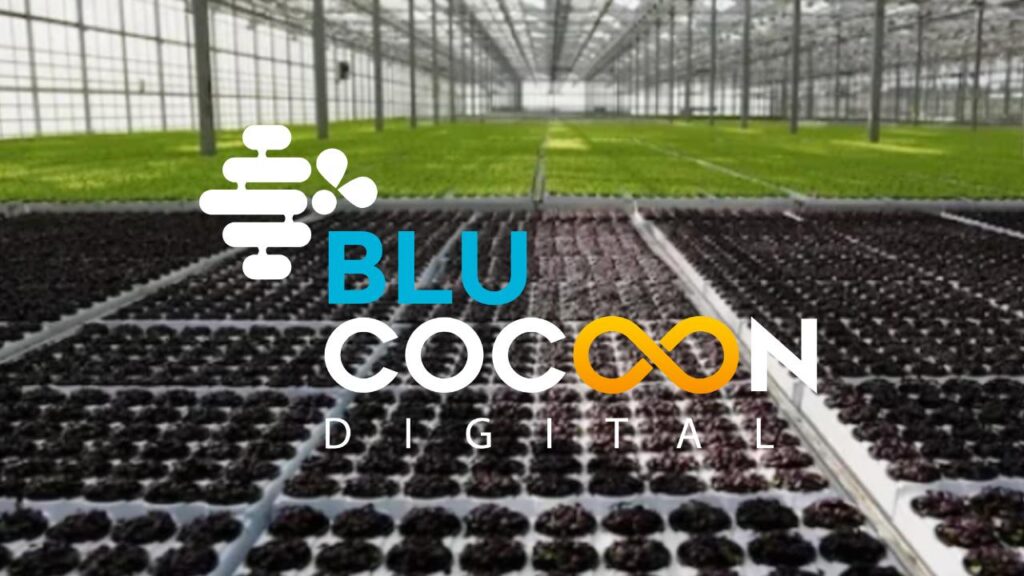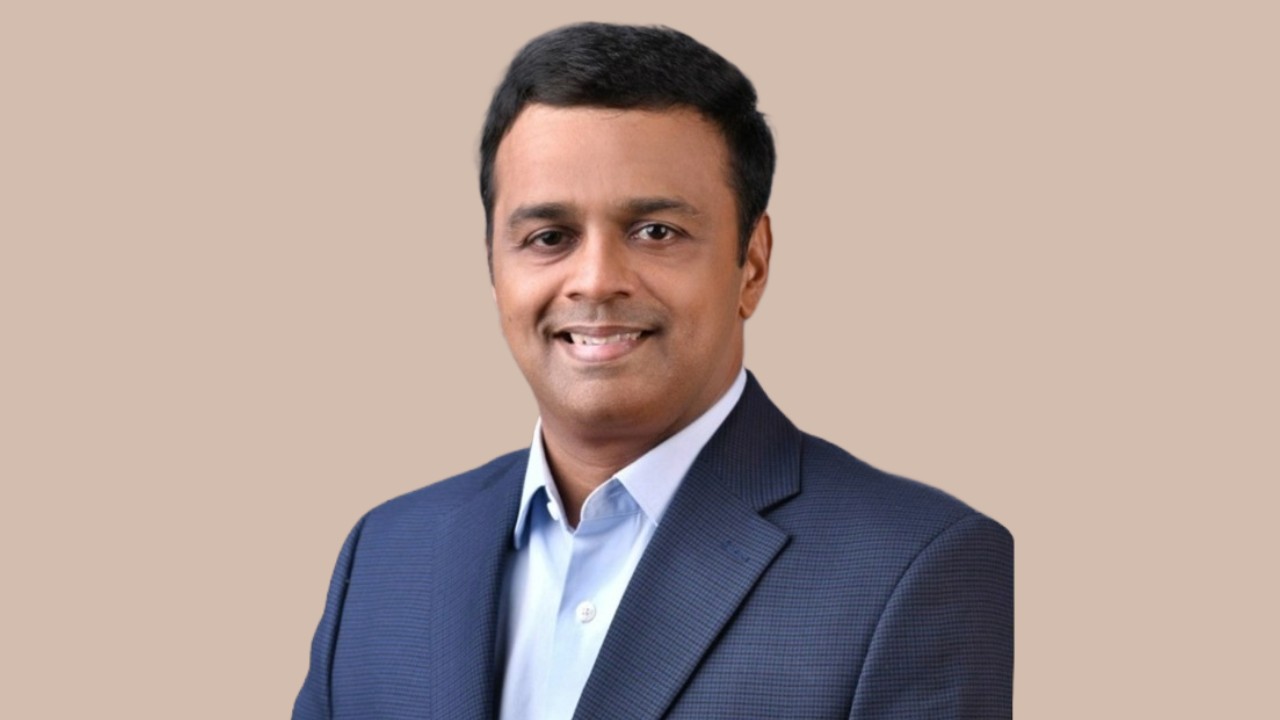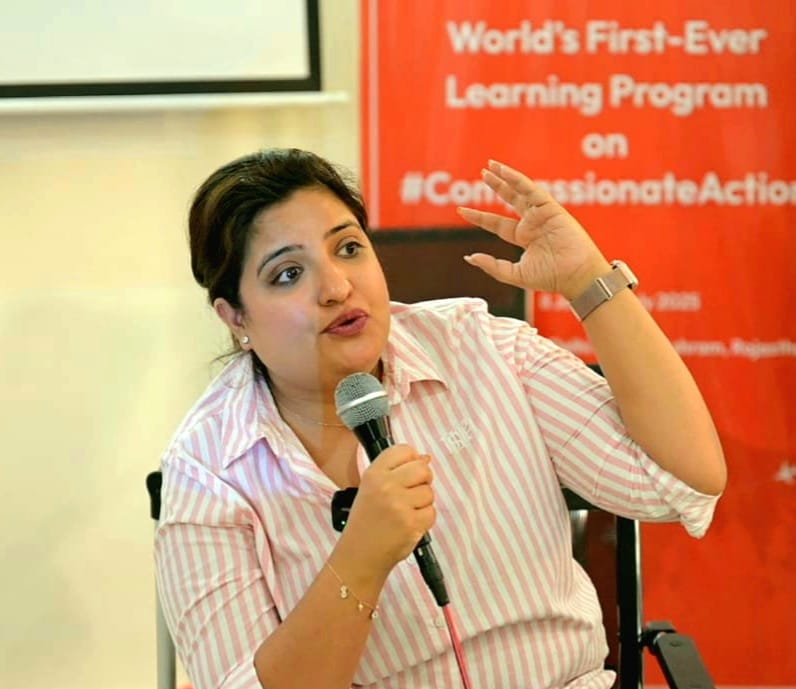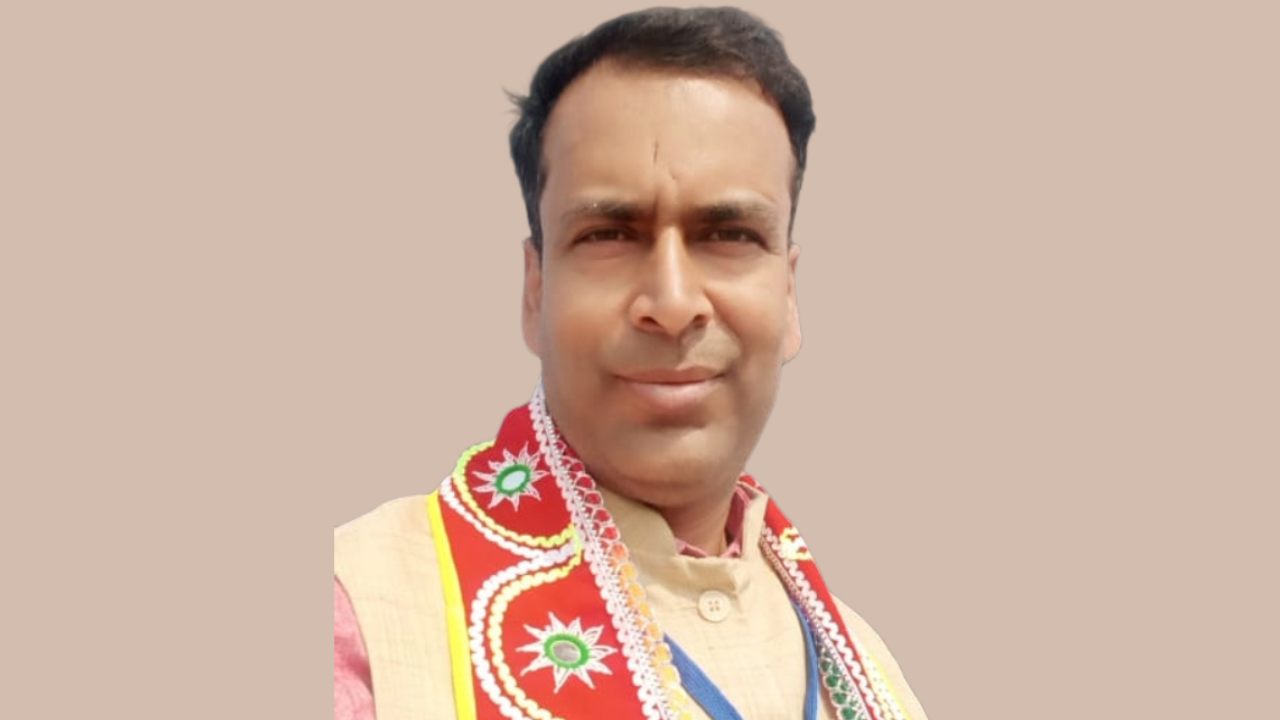Blu Cocoon Digital (BCD) is revolutionizing the future of food and agriculture through the strategic deployment of artificial intelligence (AI). Driven by a bold vision to make nutritious, affordable food accessible to all, the company delivers AI-powered solutions that unlock greater efficiency, end-to-end traceability, and environmental sustainability across the entire agri-food value chain.
At the core of BCD’s innovation lies AGRi360—a smart, data-driven platform that equips farmers and agribusinesses with real-time insights into soil health, crop disease detection, carbon footprint measurement, and market dynamics. Alongside it, BCD’s advanced Recipe Formulation Engine is transforming food R&D. By dramatically compressing development cycles, it enables the rapid creation of healthier and more sustainable food products.
At the PRAGATI Founders Forum 2025, hosted by iHub-AWaDH at IIT Ropar, Souvik Debnath, CTO of Blu Cocoon Digital Pvt. Ltd., shared his vision in an exclusive conversation with The Interview World. He explained how BCD is helping Indian farmers harness the power of AI to optimize farming practices, increase productivity, and elevate crop yields. He also addressed the key challenges BCD is tackling within the agriculture ecosystem, spotlighted the high accuracy of its AI tools, and outlined his long-term strategy for innovation, scale, and market expansion.
Here are the key takeaways from that insightful exchange.
Q: How is Blu Cocoon Digital enabling Indian farmers to harness the power of AI to enhance their farming efficiency, boost productivity, and improve crop yields?
A: We are harnessing the power of AI—particularly in the realm of imaging—to identify agricultural issues directly from images. Our journey with this technology began early, giving us a head start in developing image-based diagnostics. However, despite the advancements, adoption among farmers remains a challenge. Their immediate concerns centre on securing better prices for their produce and minimizing crop losses, often pushing technology adoption down the priority list.
That said, AI can deliver significant value—if used wisely. When farmers leverage technology to monitor the full lifecycle of their crops, they gain the ability to maximize yield potential. While we cannot change the biological limit of yield determined by land size and crop type, we can help farmers reach that ceiling. By following best agricultural practices, acting on timely AI-driven recommendations, and embracing continuous monitoring, they can minimize waste and inefficiencies.
This is where our software makes a real impact. Currently designed for handheld use—particularly smartphones—it enables farmers to snap an image, receive instant diagnostics, and get actionable advice on the spot. Given that over 67% of India’s population now owns a smartphone, this mobile-first approach ensures wide accessibility and immediate value. By identifying problems early and receiving real-time guidance, farmers can intervene before issues escalate, protecting both their crops and investments.
Looking ahead, we aim to take this technology even further. We’re integrating remote sensing data, including Synthetic Aperture Radar (SAR) inputs, to enhance situational awareness. Our goal is to offer predictive insights—ranging from weather anomalies to pest outbreaks—well in advance. With this forward-looking intelligence, farmers can proactively safeguard their harvests, reduce risk, and make smarter, more profitable decisions.
That’s the essence of how we’re transforming agriculture: from reactive to predictive, from manual to intelligent.
Q: What emerging challenges in the agricultural sector is Blu Cocoon Digital aiming to address through the application of AI?
A: The agricultural sector doesn’t need new problems—it already faces more than enough. Instead, our focus is on increasing precision and developing solutions that work seamlessly, often without requiring direct farmer intervention.
We’re not trying to turn farmers into tech experts or distract them from their core knowledge of farming. On the contrary, our goal is to shoulder the complexity of AI and digital tools so that farmers can concentrate on what they do best—cultivating the land. From day one, our mission has been to simplify the hardest parts of technology and make them work effortlessly at every stage of the farming cycle.
Agriculture is inherently diverse and complex. It spans multiple interconnected factors—water availability, weather patterns, soil health, seed quality, and now, the increasing debate between organic and inorganic practices. No single solution can address every challenge across this landscape.
That’s why we’ve taken a targeted approach, beginning with soil intelligence. By analysing soil characteristics, we provide tailored advisories that help farmers make better-informed decisions. At the same time, we’re working to make this technology more accessible and more adoptable.
For instance, even when we offer language support in regional dialects like Hindi, many farmers still struggle with literacy. Simply adding text-based translations isn’t enough. Voice-based interfaces offer a far more intuitive solution. By enabling conversational, audio-driven interactions, we can break down barriers and deliver actionable insights in a format farmers can truly use.
That’s where our focus lies—bridging the gap between cutting-edge technology and grassroots usability, without ever asking the farmer to compromise their traditional wisdom.
Q: How accurate are your AI tools in delivering actionable insights to farmers?
A: When it comes to disease detection, our current system—whether deployed in controlled or uncontrolled environments—demonstrates an accuracy rate between 92% and 97%. However, there are instances when the system fails to deliver any result at all.
This limitation primarily stems from the nature of imaging technology. Accurate detection heavily depends on a host of external variables, especially light exposure and image clarity. For example, if the captured image is blurred, the system cannot interpret or recognize it effectively. Hence, accuracy is not solely a function of the algorithm—it also hinges on the quality and context of the input.
Moreover, changing climatic conditions are introducing new diseases and previously unseen patterns. In such cases, the AI—unaware of these novel anomalies—may erroneously flag the sample as healthy. We’ve observed this phenomenon firsthand.
This highlights a critical reality: AI is still evolving. With each passing day, advancements in technology push the boundaries of what AI can perceive and analyse.
To put this into perspective, consider how effortlessly the human eye can detect even subtle differences between two similar shades of blue. In contrast, AI, especially at a granular level, often struggles to distinguish such minor variations. This is a technological limitation, not a design flaw.
Yet, the field is advancing rapidly. With new methodologies and innovative approaches, we are steadily overcoming these challenges. Looking ahead, we anticipate a significant improvement in accuracy, adaptability, and diagnostic precision.
Q: How do you see Blu Cocoon Digital evolving over the next decade in terms of business growth, product innovation, and entering new markets?
A: We see tremendous potential ahead, particularly because agriculture is emerging as a major focus area. The government has already sanctioned ₹1 lakh crore toward the sector—a clear signal of its strategic importance. Even if we capture just 1% of this market, the opportunity is enormous.
Looking forward, we envision building a $1 billion company within the next five years. That said, as we scale, both technology and the nature of challenges we solve will continue to evolve. The problem statements won’t stay static—they’ll grow in complexity and scope.
Our journey began in IT services, but we quickly recognized that offering services alone wouldn’t be sustainable. The IT industry is fiercely competitive, and differentiation purely on services is difficult. That realization led us to invest in innovation and intellectual property (IP)—the true drivers of long-term value. Innovation remains at the core of our strategy and we have no intention of moving away from it.
From day one, we built this company with a clear mission: to solve real-world problems through technology. We’ve never limited ourselves to a particular tech stack. Instead, we focus on the problem, and then identify the best technological solution—often through collaboration.
While agriculture is a key vertical, we’re also exploring niche domains across the value chain. Take the “farm to fork” concept. Once production is complete, manufacturing becomes the next critical link—and we’ve made impactful contributions here as well. One example is recipe formulation in the food R&D sector.
To illustrate, we collaborated with a Bangalore-based food innovation company developing a protein-based beverage. Their target was to deliver 11 grams of protein in a 100ml drink, but after two and a half years of experimentation, they could only reach 9 grams. Every adjustment introduced new complications—compromising either taste, texture, or shelf life.
We applied AI to the problem. In just two and a half months, we helped them not only achieve their original goal but exceed it—reaching 13 grams of protein without sacrificing quality. Now, they’ve moved into developing new flavors like almond, but every new ingredient brings unknown variables that can disrupt the formula. This is where AI proves transformational. It anticipates and adapts to those complexities.
These are the kinds of innovations we are deeply committed to. Our core mission remains clear: to leverage technology-driven innovation to solve critical business and industry challenges. That purpose continues to guide everything we do.









